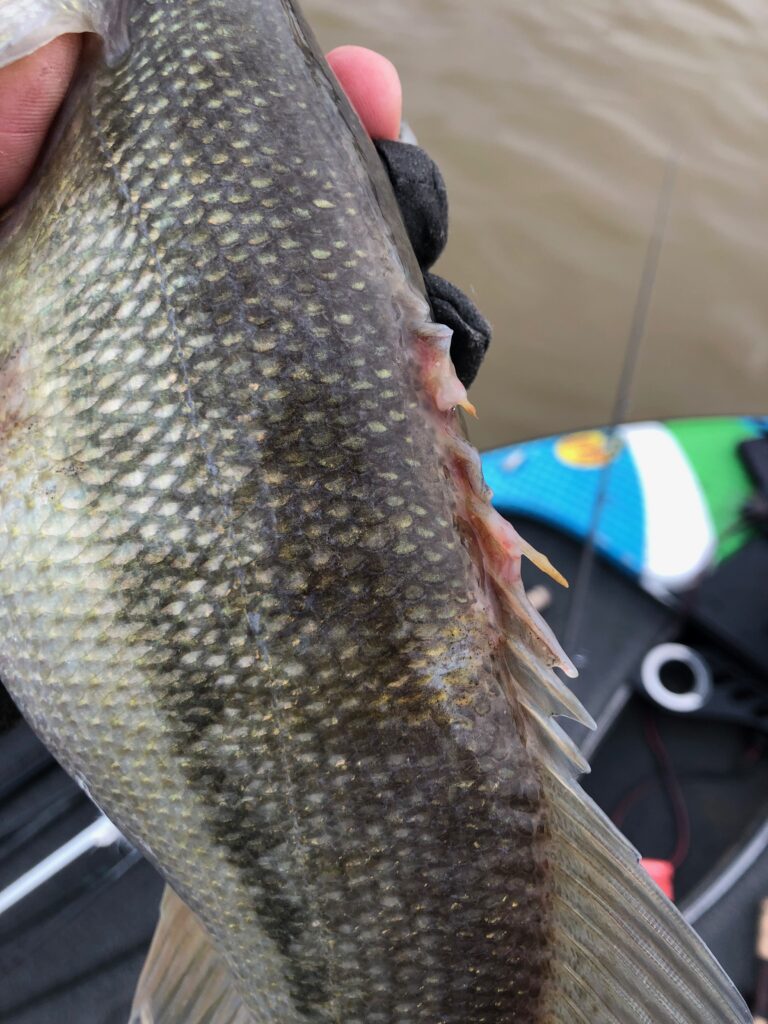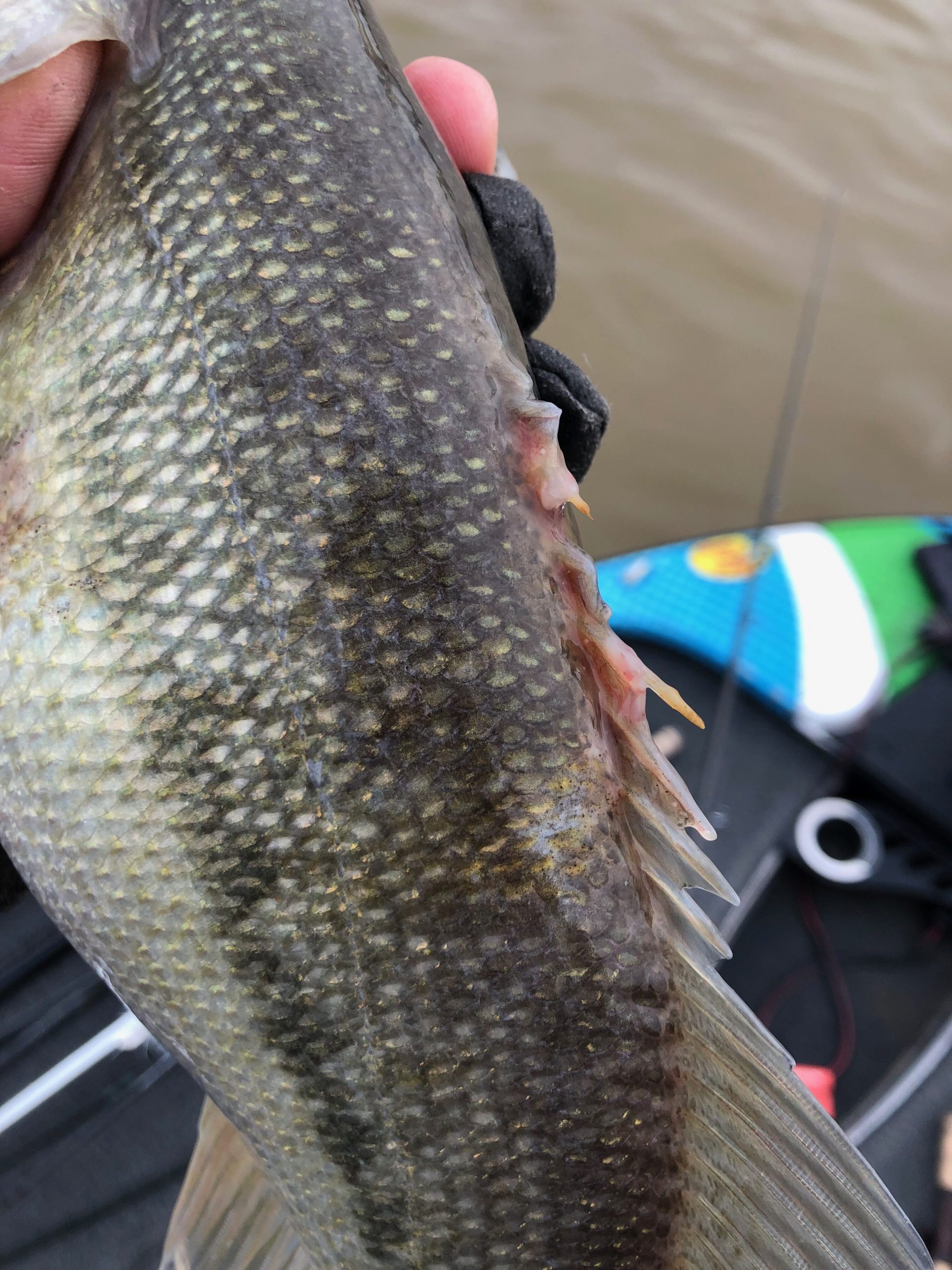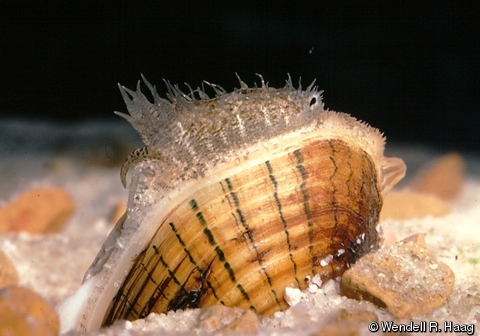We frequently get photographs or videos sent to us of bass who have seen better days. Sores, blisters, sometimes red in places that are normally white. “What’s wrong with the bass?”is the logical question that accompanies these photos.
We received one such video this week that is such a good example of this common report that we decided to share it with the whole community to talk about what the deal is.
Typically, we forward these pictures to some of the best fisheries biologists in the state to ask their opinion, and that’s a real benefit of bringing something like this to Coosa Riverkeeper in that we know the right people to talk to for most any random river question. In this case, we forwarded the video to ADCNR Fisheries Biologist and District 2 Fisheries Supervisor Mike Holley.

On these types of complaints, the answer is usually fairly similar. This bass has an infection. What kind? We don’t know exactly- it would need to be taken to a lab to determine. During the significant temperature changes in the spring, Holley explains, bass are more prone to infections, especially with the added stress of spawning. “Fish get sick too!” Holley adds, and some people forget that.
When does the spawn happen? Our Temp Track program provides near real-time temperature tracking. As of this writing, it’s looking like if you aren’t out there this weekend you’re missing out!
Actually the fact that these fish are being caught could be a good sign they will survive the infection. They are still feeding, after all.
Although fish would get infections whether we were around or not, human activity no doubt increases the risk of infections for fish. We pollute the waters and add stress to the average day of the fish. There are things fishermen can do to decrease the likelihood of spreading infections amongst fish. It’s things you’ve heard you’re supposed to do before, but maybe without knowing what could happen if you don’t it seemed like a lot of work.
Fisherman’s Guide to Reducing Spread of Infection:
- Clean your Livewell! You’ve heard it a million times but done it never. Most of us fall into that category, anyways. You’re livewell becomes a baking container full of bacteria if it’s never cleaned. If not spreading infection isn’t motivation enough, a clean and properly functioning livewell will keep bass alive longer, avoiding costly penalties and needless death if you’re in a tournament. Here’s a pretty good article we found on the topic – but add to that a rinse out with water from a hose when you get the boat back home.
- Protect the Slime! The slime coat on bass is their primary natural defense to infection. You must protect it to be a responsible fisherman. Don’t let the bass end up on the floor of your boat or ground, for example, or an infection is almost a certainty. A net, if you use one, should be of the rubbery variety not those stringy ones that are very abrasive.
- Don’t put an obviously infected bass in your livewell. You’re just spreading bacteria all over the lake as your livewell aerates and to any other bass that are in your livewell too. Let them go gently and hope they make a full recovery. After setting them free, it wouldn’t hurt to rinse or sanitize your hands to get the bacteria off of you so you don’t hand it to the next fish.
Holley states that it is rare for infections to become so widespread they have a major impact on the fish population. He did note as an example a time it did happen with the Largemouth Bass Virus in the late 90’s which killed a lot of large bass.
With that – we’re sure you’ve got more questions and pictures to share of weird fish you’ve caught. Bring it on! Here’s a weird one our Riverkeeper caught one time on Lake Mitchell. Can you top that?




